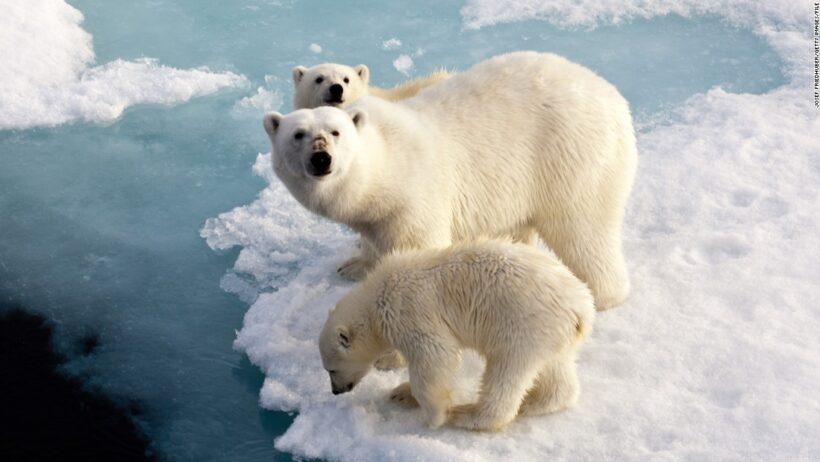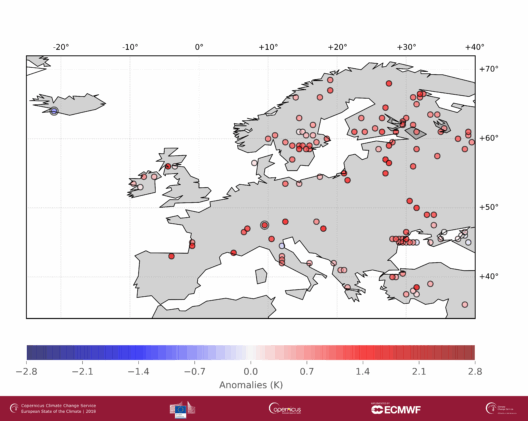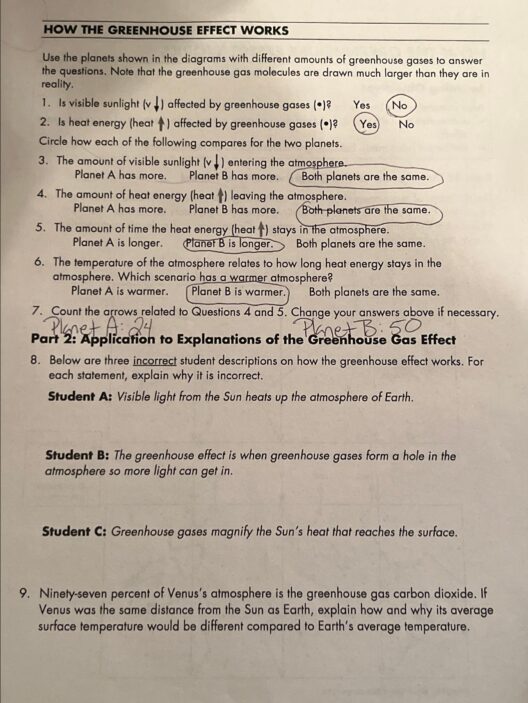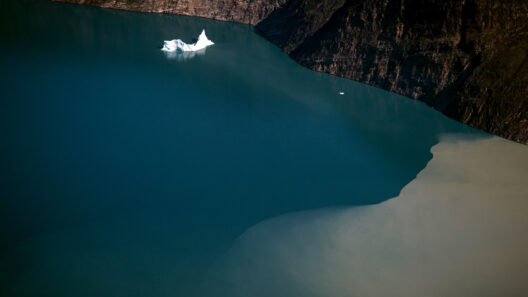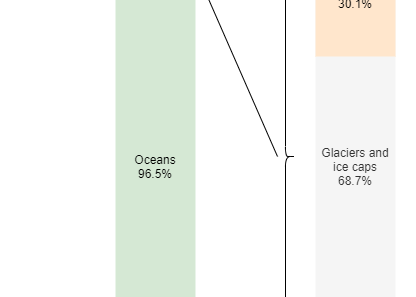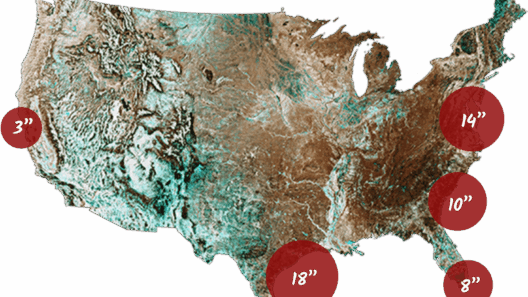As global temperatures rise, the phenomenon of climate change has become increasingly evident. One of the most significant manifestations of this crisis is the rise in sea levels, primarily attributed to melting polar ice caps and thermal expansion of seawater. This gradual yet relentless encroachment of seawater onto terrestrial habitats presents profound and often dire consequences for various animal species and the ecosystems they inhabit. Understanding these impacts is crucial for stakeholders, including researchers, conservationists, and the general public, to both grasp the magnitude of the crisis and to formulate effective responses.
Effects on Terrestrial Wildlife: A Race Against Time
For many terrestrial animals, rising sea levels pose an imminent threat to their habitats. Coastal regions are often bustling with diverse wildlife, from mammals and reptiles to birds and insects. As the sea encroaches, these species face significant challenges.
The erosion of habitats is a primary concern. Animals that rely on specific ecosystems, such as wetlands, marshes, and beaches, find their homes shrinking. For instance, nesting birds, like the endangered Least Tern, depend on sandy coastal areas to raise their young. As water levels rise, these crucial nesting sites become inundated, leading to decreased reproduction rates. Additionally, competition for land from invasive species can intensify, further decreasing the chances of survival for native wildlife.
Moreover, terrestrial animals may be forced to migrate inland, pushing them into unfamiliar territories. This transition can lead not only to interspecies conflict but also to increased human-animal interactions, resulting in higher instances of wildlife being endangered or killed. The ramifications of habitat loss extend beyond the immediate survival of species; they threaten the delicate balance of entire ecosystems.
Impact on Marine Life: A Submerged Crisis
For marine animals, rising sea levels introduce a host of challenges, many of which are interconnected with their terrestrial counterparts. The alteration of salinity levels, primarily due to the mixing of seawater with freshwater from coastal streams and rivers, can disrupt aquatic ecosystems. Fish, crustaceans, and other marine organisms that are sensitive to changes in salinity may find their breeding and feeding grounds disrupted.
Coral reefs, often considered the rainforests of the ocean, are particularly vulnerable to rising sea levels. Elevated water temperatures and increased salinity stress corals, leading to phenomena such as coral bleaching. As sea levels rise, the depth of sunlight penetration diminishes, further impacting the ability of corals to thrive. The subsequent degradation of reefs has cascading effects on countless species that rely on these structures for shelter, food, and breeding.
On the other end of the spectrum, even species like turtles and seabirds face mounting challenges due to rising sea levels. Sea turtles, which nest on sandy shorelines, are particularly affected as their nesting areas become submerged. This not only reduces their reproductive success but also increases the likelihood of their eggs being predated by opportunistic animals.
The Role of Wetlands: Nature’s Buffer
Wetlands serve as critical transitional zones between land and sea, playing a vital role in stabilizing coastal ecosystems. However, these habitats are under severe threat due to rising sea levels and are increasingly at risk of being lost to inundation. Wetlands act as nurseries for various marine species, providing them with shelter and food, while also absorbing excess water and preventing flooding.
As wetlands disappear, the species that depend on them face an existential crisis. Shorebirds, amphibians, and various invertebrates are directly affected by the loss of these habitats. In addition to the adverse effects on wildlife, wetland loss also leads to decreased water quality and increased vulnerability to storm surges, affecting both ecosystems and human communities alike.
Convergence of Challenges: A Cumulative Threat
The implications of rising sea levels are compounded by other environmental threats, such as pollution, habitat fragmentation, and climate change’s overall impact on biodiversity. As species face these compounded challenges, their adaptability becomes essential for survival. Some may evolve or migrate in search of suitable environments, but many may not have the luxury of time, as rapid environmental changes can quickly outpace their ability to adapt.
Additionally, the socioeconomic impacts of rising sea levels on human settlements cannot be ignored. Coastal communities are increasingly affected by flooding and erosion, leading to displacement and loss of livelihood for many. The subsequent increase in human-induced pressure on wildlife adds another layer of complexity to the challenges faced by animal populations.
Conclusion: Conservation Imperatives
Addressing the consequences of rising sea levels on wildlife habitats necessitates an integrated approach to conservation. Strategies such as creating protected areas, restoring wetlands, and fostering community engagement in conservation efforts are essential. Furthermore, reducing carbon emissions to mitigate climate change is paramount to slow down the rate of sea-level rise, thereby providing habitats and species a fighting chance.
It is vital that the nexus between climate change and biodiversity is recognized and addressed. The calls for action are not just about saving individual species; they are about preserving the intricate tapestry of life on Earth that sustains both wildlife and humanity alike. Time is an unforgiving adversary in the face of climate change, and proactive measures can make the difference between survival and extinction.



